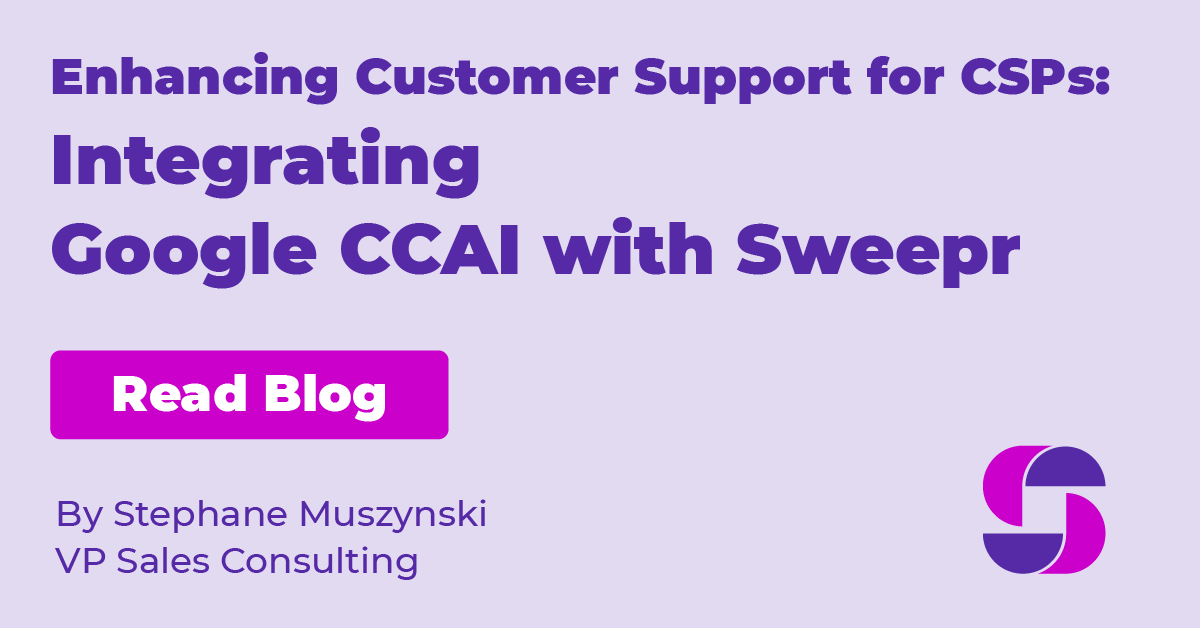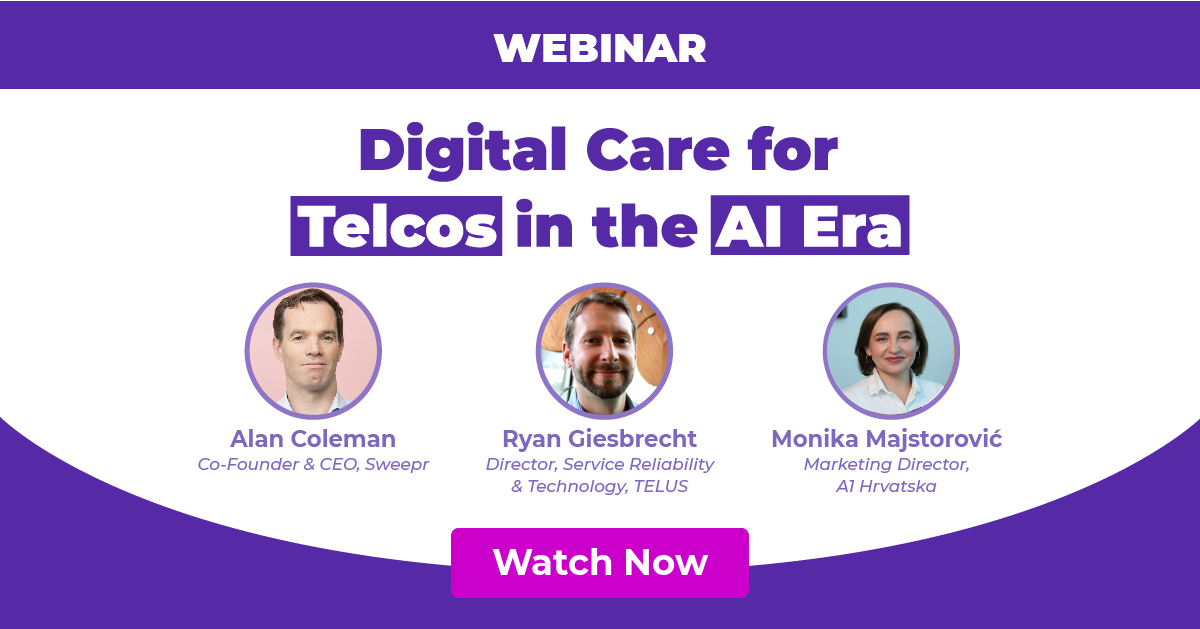It’s a well-accepted principle that as UX designers, we design to help our users achieve their goals, not just completion of the specific task-in-hand. But more often than not, and often because of technological limitations, we’re forced to design a set of experiences that cater for a large number of users. So, like it or not, we’re forcing users into our version of their goal, not providing them tools to achieve theirs. It becomes a one-size-fits-most type of experience.
That’s where personalisation comes to the rescue. With access to a wide range of data points for each user, we can cater to their goals, and tailor an experience that fits them, their needs and their wants.
Until recently, personalisation was largely in the domain of email marketing and online retail. List segmentation by open rate or some not-very-sophisticated intelligence on your purchase history were the extent to which businesses were personalising the customer experience. But customer expectations are changing, and it’s time that personalisation moved out of the realm of marketing and retail and into the realm of core products and services. As organisations, we should be collecting and analysing data from diverse sources to apply more subtle hyperpersonalisation to the user experience. This will enable us to create dynamic and context sensitive experiences for our users.
When we interact with others in person, we’re intuitively aware of changes in mood, context and circumstances.
Shouldn’t the way we service our customers be sensitive to those changes too?
Today, you’re a different you
When we interact with others in person, we’re intuitively aware of changes in mood, context and circumstances. Shouldn’t the way we service our customers be sensitive to those changes too? Utilising hyperpersonalisation principles give us the opportunity to learn from our users and feed that knowledge back into their experience – we’re no longer dictating the mode of interaction with our product, rather we’re adjusting the product to fit each user’s unique needs. Let’s look at an example.
Bedtime bedlam
In a home with young children, the early hours of the evening can be, um, hectic. There’s dinner to prepare, baths and bedtime. A parent may not have much attention to spare for other things at that time of the day. For other users with different circumstances, those same hours may be a time when they’re beginning to relax after a day at work, that might be the ideal time to reach out.
A hyperpersonalised experience might look for interaction patterns by time of day and adjust future activity accordingly, finding the times of day when a user is most likely to be amenable to being contacted.
Sync on services
Different users will be using their broadband for different priorities. Hyperpersonalising the way in which their broadband is optimised, and the digital care is provided, will help change users’ perception of the value of their product. For example, running a speed check for a user you know works from home, and adapting self-care instructions to help them optimise based on their digital aptitude will help increase trust and engagement in your digital channels.
“Novice and expert users have different needs”
Intuitive instructions
The previous examples have looked at proactive communication from an organisation to their customers, but hyperpersonalisation principles also have a significant role to play in crafting the in-app user experience. As pointed out in Jakob Nielsen’s 7th Usability Heuristic, “Novice and expert users have different needs”. The article suggests several ways that software can cater for both user groups, but with hyperpersonalisation we can go a step further – we can understand the user’s needs, provide them with the most relevant content for them right now and, if suitable, help them upskill, adapting the interface as they progress.
An example might be in-app tutorial content targeted for a user’s skill level, which may change over time as the user progresses in experience.
At Sweepr we have recognised three dimensions of hyperpersonalisation
1 user, 3 dimensions, 7 Principles
At Sweepr, we have recognised three dimensions of hyperpersonalisation where we can learn from the user and feed that data back into their experience. The Psychological & Behavioural dimension includes a user’s mental and emotional relationship with our product in the moment. Context & Environment looks at factors ‘on the ground’ which will in some degree define the user’s interaction with our product. Finally, History & Relationship considers the shared history of the user’s interactions with an organisation and how that can help shape the future relationship.
Psychological & Behavioural
We’d love our users to be happy with our product, but we know that at times they’re likely to be uninterested or frustrated. Sometimes, that might be because our product doesn’t match their mental model. Other times it may be because of something beyond our control, like a bad experience with a competitor’s product or their mood on a particular day. By assessing our users’ attitude towards our product, we have the opportunity to improve their experience. For example, suppose we identify a user as being frustrated by our product, we may provide them with a simplified experience, or temporarily pause non-essential in-app notifications.
Just as our users will vary in their attitude towards our product, they will vary in cognitive and technical abilities. When our only option is a one-size-fits-most interface, the experience will end up being less than optimal for most users. But by integrating learning capabilities into digital care channels, we can adapt the user experience for each individual user. So we might provide more or less explicit instructions depending on skill level, or we may surface advanced options by default.
Just as our users will vary in their attitude towards our product, so they will vary in cognitive and technical abilities.
Context & Environment
If you’re a UX Researcher, you’ll definitely know about Field Studies. Described as “…the most complete, unbiased picture of what potential users actually do”1, Field Studies are a great way to find out the kind of environment your users are in when they use your product. But there are a few limitations to take note of. Firstly, you’ll always be working with a small sample of users. Secondly, the information you gather will gradually become outdated. Thirdly, you’ll often be working with a combination of potential and actual users.
Many variables can affect a user’s environment and context of use. Some will vary frequently and according to a regular pattern, for example, patterns of home network usage. Others may vary over much longer periods of time, like the number of people in a household. Digital channels provide a unique opportunity to glean contextual and environmental information about users and households in real-time. With that knowledge, we can design digital care that responds to a user’s context at the moment of the interaction.
History & Relationship
Users increasingly prefer companies to know more about them2 – a type of relationship that is more akin to the ones we have with friends and acquaintances. An important element of value in interpersonal relationships is shared history; this is also true of the relationship between a user and an organisation. When an organisation pays attention to a user’s prior interactions and behaves with that knowledge in mind it develops the relationship, as opposed to starting from the beginning each time.
Applying knowledge from a broader context and across a user base can help pre-empt user needs or wants. While every user is unique, significant areas of commonality and similar experience exist that can inform hyperpersonalisation, enabling us to reach out to users with relevant information or suggest content in anticipation of their needs.
As the organisation’s relationship with a user develops over time, there are many data points that can be utilised to inform the user experience. Taking a holistic approach and not limiting points of reference means that an organisation can not only customise the user experience but also has full freedom to define the parameters within which that personalisation takes place.
Conclusion
We’ve looked at some of the ways a deeper and more detailed method of digital personalisation can be used to enhance the user experience. What’s key about this concept of hyperpersonalisation is the understanding that reference values change over time. We should no longer be trying to force our users into an immutable mould; rather we should cater for the complex, changeable and diverse people our users are. Instead of providing an interface that fits our primary persona, hyperpersonalisation allows us to design experiences that are truly tailored to each individual user in the moment in which we are engaging with them.
Book a tour to discover how Sweepr’s 7 Principles of Personalisation help CSPs hyperpersonalise digital customer care experiences.
1 UX Research Guide by User Interviews
2 The care of one by McKinsey & Company


